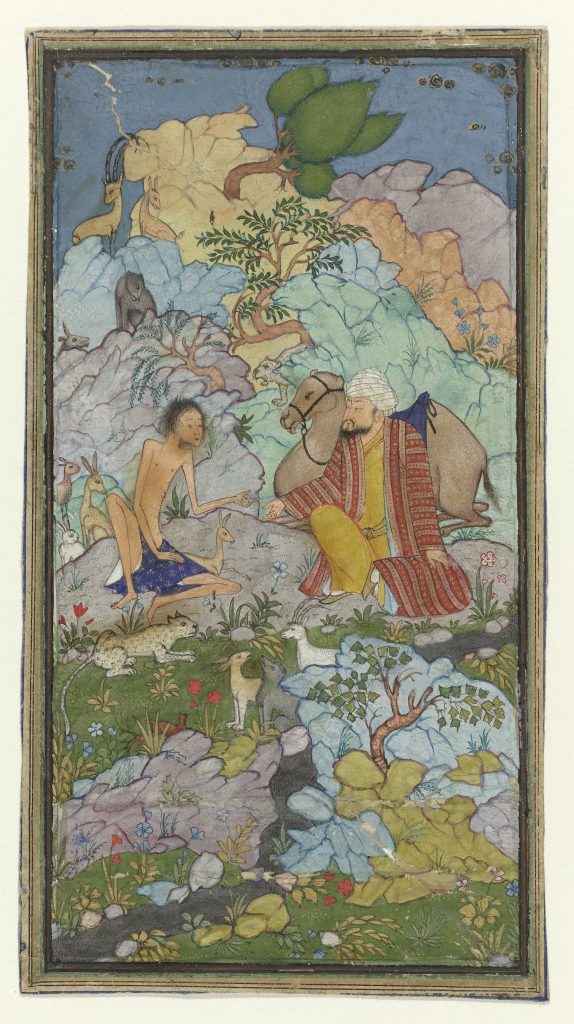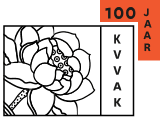Framing the Invisible: Landscape as Poetic Space in Persian Miniatures

Unlike in European traditions, where landscape painting developed as an autonomous genre, Persian visual culture conceptualized nature as an extension of narrative and poetry rather than a subject in itself. This study explores how landscape in Persian miniature painting was transformed through transregional exchanges, particularly with Chinese pictorial traditions during the Ilkhanid (1256–1335) and Timurid (1370–1507) periods. Rather than serving as a backdrop, the landscape became a poetic and symbolic device, shaping visual storytelling through abstraction, spatial rhythm, and symbolic composition.
Focusing on two Persian miniatures from the KVVAK collection – ‘The Kaaba, Bird’s Eye View’ and ‘Episode from the Love Story of Laila and Majnun’ – this paper examines how Persian artists borrowed and reimagined Chinese landscape conventions. The Kaaba miniature employs aerial perspective and structured spatial divisions, recalling Chinese imperial topographic paintings. The Laila and Majnun miniature integrates barren rock formations, trees, and negative space not as a setting but as a visual metaphor for emotional exile, paralleling Chinese ink-wash compositions where nature reflects psychological states.
By positioning Persian miniature landscapes within a broader transregional artistic network, this paper challenges Eurocentric definitions of landscape painting. It offers a new way of seeing landscape as a culturally embedded mode of perception rather than a naturalistic depiction. It argues that Persian artists were not passive borrowers but active agents in transforming the landscape into a conceptual, poetic space that mediated vision, narrative, and artistic exchange between Asia and the Islamic world.
This study aligns with the symposium’s theme, New Ways of Seeing, by reconsidering landscape not as an external reality but as an imagined, intellectual space, revealing the interconnected visual languages of Persian and Chinese traditions.
Bio
Azar Emami Pari is a PhD candidate in Art Education at the University of Passau, researching Persian miniature painting and transregional artistic exchange. She has been a researcher at the Museum für Islamische Kunst in Berlin and works on Persian visual culture, manuscript studies, and art education.
